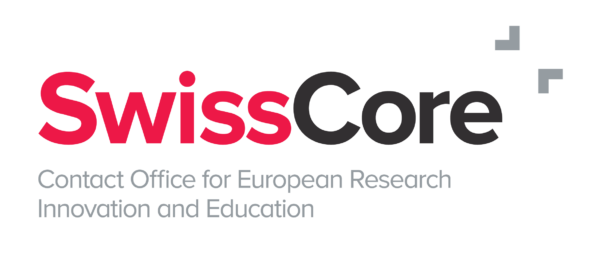The newly announced agreement on cross-border research projects in health is the latest in the expanding series of new cross-border sectoral collaborations.
A group of 16 Member States have announced the signing of a manifesto for an Important Project of Common European Interest (IPCEI) on Health. The initiative is intended to support innovation and improve the quality and accessibility of healthcare for European citizens. In particular, the goal is to address the dual imperative of equipping Europe with a strong, innovative and export-friendly healthcare industry, and sharing among the participating countries the same strategic vision for developing lasting and innovative European manufacturing capabilities with regard to critical products, notably pharmaceuticals. This announcement is the latest in a series of initiatives using the IPCEI instrument to fast track tangible industrial cooperation supported by public funding from national authorities (see SwissCore article on the recent update to the regulations governing IPCEI initiatives).
IPCEIs are large scale projects bringing together companies and research centres from different Member States and providing significant benefits to strategic EU goals such as competitiveness, sustainable growth, societal challenges, and value creation. The deployment of an IPCEI allows Member States to address market failures by significantly financing R&I activities with derogation from EU state aid rules.
The manifesto on Health announced at the French Council Presidency’s conference “Towards an independent, competitive and innovative European healthcare sector”, is a first step in the Macron administration’s agenda to make strong use of the IPCEI instrument. The announced goals involve “structuring value chains, key sectors and technologies for health, hydrogen, electronics and cloud computing at European level” (see SwissCore article on the Council Presidency priorities). The health agreement outlines the scope of the projects that will be pre-notified to the European Commission for approval in June 2022, covering three strategic areas. The focus of the first wave of projects will be on (i) developing innovative and greener technologies and production processes for manufacturing medicines; (ii) innovating with regard to strategic challenges such as fighting antibiotic resistance, developing treatments for rare diseases, and responding to future pandemics; and (iii) developing gene and cell therapies. In the second phase, foreseen for the end of 2022, projects will focus on areas such as medical devices, medtech and digital healthcare more broadly. France has secured project financing of €1.5bn for the IPCEI on Health, while notably Germany is so far not participating.
Although present in European treaties since 1957, the IPCEI provision has been little used until recently, when its potential has been increasingly noticed in facilitating direct support to companies seen as vital to European political and industrial objectives. Over the next years, IPCEIs are set to continue to increase in both number and size. Before 2017, only two infrastructure projects were approved as IPCEIs – the Øresund bridge between Denmark and Sweden and the Fehmarn Belt Fixed Link between Denmark and Germany. Since then, three research, development and innovation (R&D&I) IPCEIs have been approved (one on microelectronics and two on batteries). In addition to the announced health initiative, the existing microelectronics and battery IPCEIs will be joined by hydrogen, cloud computing and semiconductor IPCEIs. Other more early-stage initiatives are in the pipeline relating to photovoltaics and raw materials.
These various initiatives address most of the EU’s industrial strategy priorities, and are facilitated by the flexibility of funding provided by the Recovery and Resilience Facility (RRF). However, the instrument also has drawbacks, and even after the recent update to address flaws in the framework, criticisms remain. A major issue has been the lack of broad-based participation of EU countries and small and medium enterprises (SMEs). The process through which IPCEIs are started remains opaque and non-inclusive. IPCEIs also tend to favour bigger firms with strong links to public authorities, and countries with more fiscal and administrative resources (as mentioned by 11 EU member states in a 2021 non-paper). Until this year, fourteen EU countries have never taken part in an IPCEI, and only four – Germany, France, Italy and Sweden – have taken part in more than two. More recently, the tendency is towards more inclusiveness, as the 2021 IPCEI on batteries substantially raised the number of participating countries to 12. Further IPCEIs to be launched in 2022 have also attracted more countries. However, even if the number of participating countries increases, participation might remain unequal as considerable differences in amounts of aid could persist between large and small countries. Moreover, in industries such as semiconductors and batteries, there are reasons to suspect that IPCEI subsidies are used to incentivise the establishment of factories in specific locations, and such intra-EU subsidy races have serious corrosive potential for the single market.

